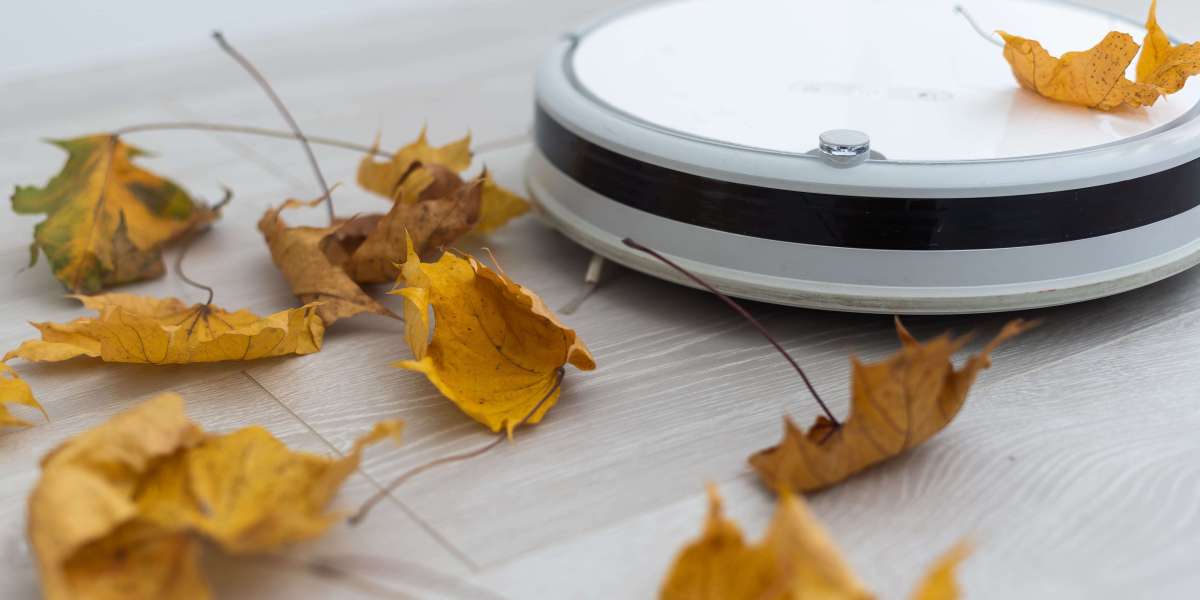
In the modern era, technological advancements have made our lives more convenient in numerous ways, and robotvacuummops.Com one of the most significant innovations in home cleaning is the auto vacuum system. These robotic devices have revolutionized the way we maintain our homes, offering a hands-free solution to a mundane yet essential task. This article delves into the world of auto vacuums, exploring their features, benefits, and how they work, while also addressing some common questions and providing practical tips for users.
What is an Auto Vacuum?
An auto vacuum, also known as a robotic vacuum cleaner or robovac, is a device designed to clean floors autonomously. These machines use advanced sensors, mapping technology, and artificial intelligence to navigate through a home, picking up dirt, dust, and debris without human intervention. They are particularly useful for maintaining a clean living environment, especially in households with pets or small children.
How Do Auto Vacuums Work?
Navigation and Mapping:
- Sensors: Auto vacuums are equipped with a variety of sensors, including infrared, ultrasonic, and visual sensors. These sensors help the device detect obstacles, edges, and drop-offs, ensuring it doesn't fall down stairs or get stuck in corners.
- Mapping Technology: Many modern auto vacuums use advanced mapping technology to create a detailed map of the home. This map allows the device to plan efficient cleaning routes and avoid cleaning the same areas multiple times.
Cleaning Mechanisms:
- Brushes and Suction: Auto vacuums typically have rotating brushes and strong suction to pick up dirt and debris. Some models also have specialized brushes for different types of floors, such as hardwood, carpet, and tile.
- HEPA Filters: High-Efficiency Particulate Air (HEPA) filters are common in auto vacuums. These filters trap fine particles, including allergens and dust, improving indoor air quality.
Battery and Charging:
- Battery Life: The battery life of an auto vacuum varies depending on the model, but most can operate for 60 to 120 minutes on a single charge.
- Self-Charging: When the battery is low, the auto vacuum will automatically return to its charging dock to recharge. Once fully charged, it will resume cleaning where it left off.
Connectivity and Control:
- Smart Home Integration: Many auto vacuums can be controlled via smartphone apps, voice assistants like Amazon Alexa or Google Assistant, and smart home hubs. This allows users to schedule cleaning sessions, monitor the device's status, and receive notifications.
- Virtual Boundaries: Users can set virtual boundaries using a smartphone app or physical boundary strips to prevent the auto vacuum from entering certain areas, such as pet areas or children's playrooms.
Benefits of Using an Auto Vacuum
Convenience:
- Auto vacuums operate autonomously, freeing up time and effort that would otherwise be spent on manual cleaning.
- They can be scheduled to clean at specific times, ensuring a consistently clean home.
Efficiency:
- Advanced mapping technology and efficient cleaning algorithms ensure that auto vacuums cover the entire floor area, even in complex layouts.
- Some models can detect high-traffic areas and focus more cleaning time on these spots.
Hygiene:

- Regular cleaning by an auto vacuum helps maintain a cleaner and more hygienic living environment.
- HEPA filters in auto vacuums can improve indoor air quality by trapping allergens and dust.
Pet-Friendly:
- Auto vacuums are particularly useful in households with pets, as they can help manage pet hair and dander.
- Some models have specialized pet modes that increase suction power and use anti-tangle brushes.
Common FAQs About Auto Vacuums
Are auto vacuums as effective as traditional vacuums?
- While auto vacuums are highly effective for daily maintenance, they may not be as powerful as traditional vacuums for deep cleaning. For heavy-duty cleaning, a combination of both is often recommended.
Can auto vacuums navigate around furniture and obstacles?
- Yes, auto vacuums are designed to navigate around furniture and other obstacles. They use sensors to detect and avoid collisions, ensuring a smooth cleaning process.
How often should I empty the dustbin?
- The frequency of emptying the dustbin depends on the size of the bin and the amount of dirt collected. As a general rule, it's best to empty the bin after each cleaning session to ensure optimal performance.
Can auto vacuums clean different types of floors?
- Yes, most auto vacuums are designed to clean various floor types, including hardwood, carpet, and tile. Some models have adjustable settings to optimize performance on different surfaces.
How do I set up an auto vacuum?
- Setting up an auto vacuum is straightforward. Most models come with a charging dock and a user manual. Place the charging dock in a central location, charge the device, and follow the setup instructions in the app or manual.
Are auto vacuums noisy?
- Auto vacuums are generally quieter than traditional vacuums, but the noise level can vary depending on the model. Some models have a "quiet" mode for nighttime cleaning.
Tips for Using an Auto Vacuum
Pre-Cleaning Preparation:
- Clear the Floor: Remove any small objects, cables, or pet toys that could obstruct the auto vacuum's path.
- Secure Loose Rugs: Ensure that rugs are securely in place to prevent the auto vacuum from getting stuck.
Regular Maintenance:
- Clean the Brushes: Regularly clean the brushes to prevent hair and debris from clogging the device.
- Check the Filters: Replace or clean the HEPA filters as recommended by the manufacturer to maintain optimal performance.
Optimize Cleaning Schedules:
- Set Regular Schedules: Use the app to set regular cleaning schedules, especially in high-traffic areas.
- Monitor Battery Life: Ensure the auto vacuum has enough battery to complete a cleaning session, and set it to return to the charging dock when needed.
Use Virtual Boundaries:
- Protect Sensitive Areas: Use virtual boundaries to keep the auto vacuum out of areas where it might cause issues, such as pet areas or small children's playrooms.
Stay Informed:
- Check Notifications: Use the app to receive notifications about the auto vacuum's status, such as when it's low on battery or needs maintenance.
Auto vacuums have transformed the way we approach home cleaning, offering a convenient, efficient, and hygienic solution to maintaining a clean living environment. With their advanced navigation, cleaning mechanisms, and smart home integration, these devices are a valuable addition to any household. By understanding how they work and following the tips provided, users can maximize the benefits of their auto vacuum and enjoy a cleaner, more comfortable home.
Whether you're a busy professional, a pet owner, or simply someone who values a tidy living space, an auto vacuum is a worthwhile investment that can significantly enhance your quality of life.








